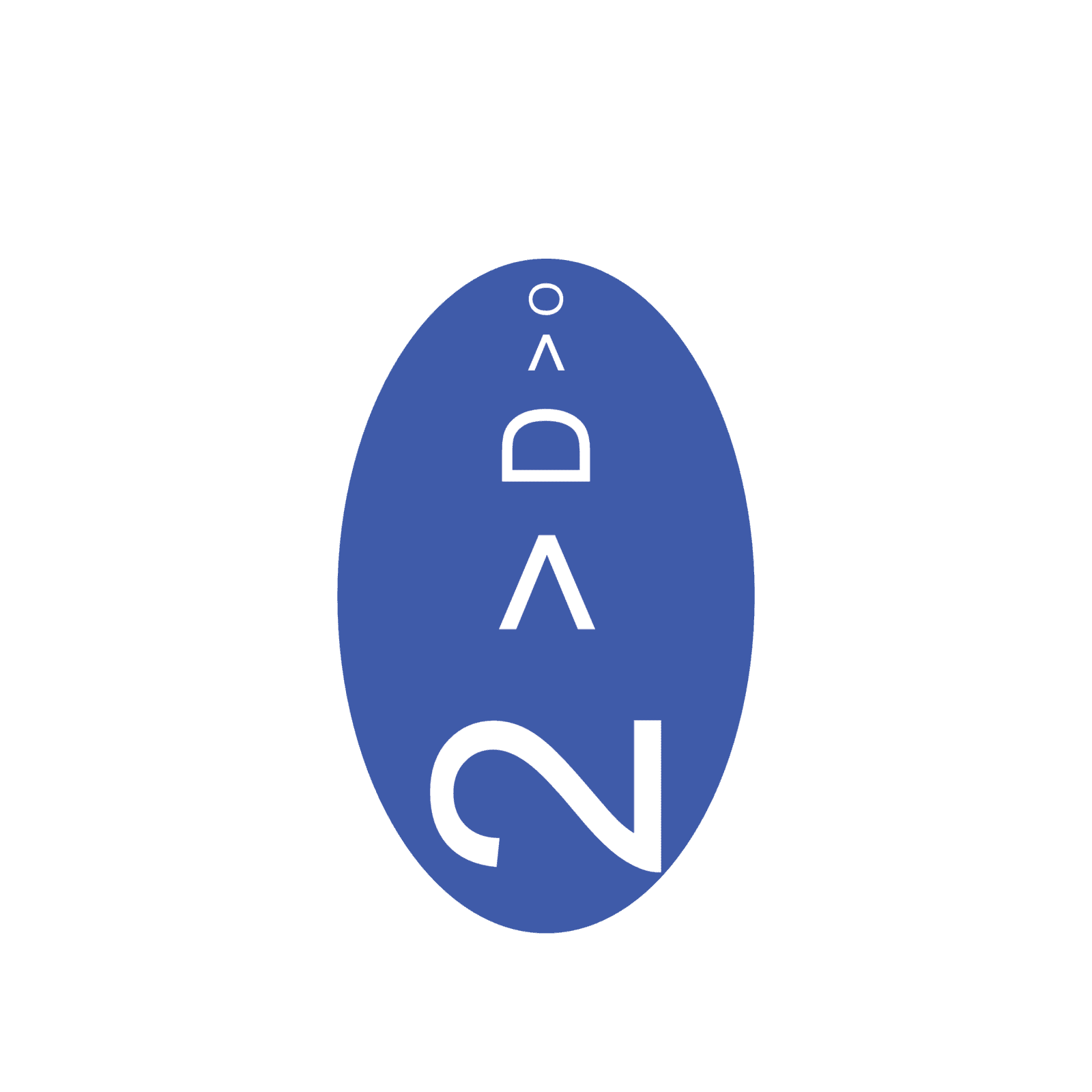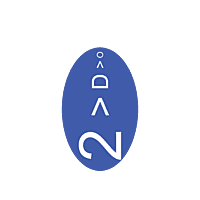Design - What & When
Design is the process of creating something with a specific purpose or function in mind. It is the art and science of planning and creating a product, system, or environment that meets the needs of users and stakeholders.

Get in touch with us for your design needs !
There are many different types of design, including :
1. Graphic design: The art of creating visual content to communicate messages to an audience. This includes things like logos, packaging, and advertisements.
2. Industrial/product design: The process of designing products that are functional, ergonomic, and aesthetically pleasing. This includes things like furniture, appliances, and consumer electronics.
3. System design: the process of designing and developing complex systems that involve multiple components and subsystems working together to achieve a specific goal or set of goals. It involves a combination of technical expertise, creativity, and problem-solving skills to create a comprehensive system that meets the needs of stakeholders and end-users. This includes things like web design, service design and other systems.
Design involves a variety of skills and disciplines, including research, problem-solving, creativity, and technical expertise. It is an essential aspect of many industries, including technology, marketing, and manufacturing.
The design process typically involves several steps, including
a. research,
b. ideation,
c. prototyping,
d. testing,
e. and refinement.
Research involves gathering information about the user, the market, and the problem that needs to be solved.
Ideation is the process of generating ideas and concepts for the design.
Prototyping involves creating a physical or digital model of the design to test and refine.
Testing involves gathering feedback from users and making adjustments based on that feedback.
Refinement is the process of improving and polishing the design based on user feedback and testing.
Good design is important because it can improve the usability, functionality, and aesthetics of a product or service. It can also increase user engagement and satisfaction, and can differentiate a product or service from competitors. Good design is often a balance between form and function, ensuring that the design is both visually appealing and practical to use.
There are many principles and techniques that can be used in design, including color theory, typography, layout, composition, and user experience design. These techniques can be used to create a cohesive and effective design that meets the needs and expectations of the user.
The design process is not always linear. You may need to go back and forth between steps as you work on your design. However, we can help you to create a design that is both functional and appealing.
We try best to be SMARTER for you and additionally we are :-
1. Iterative. The design process is not a one-time event. It is an ongoing process of iteration and improvement. Be prepared to make changes to your design as you learn more about your users and their needs.
2. Collaborative. The design process is not something that you should do alone. Get feedback from users, other designers, and experts in your field. This will help you to create a design that is both effective and well-received.
3. Creative. Don't be afraid to be creative. The best designs are often the ones that are unexpected and memorable.
4. Professional. We deliver your work on time and within budget. We make it sure to communicate with our clients throughout the process and keep them updated on the progress.
We can create a design that is both functional and appealing for your purpose, get in touch with us.




